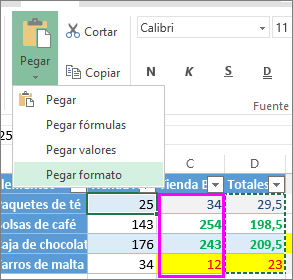
NaNs allow a program to continue past an invalid operation. Not-a-Number (NaN): NaN is used to represent invalid operations (such as infinity/infinity, infinity-infinity, or the square root of -1). Excel does not support infinities, rather, it gives a #DIV/0! error in these cases. Positive/Negative Infinities: Infinities occur when you divide by 0. This can allow significant error to enter into calculations. Microsoft does not implement this optional portion of the specification because denormalized numbers by their very nature have a variable number of significant digits. In this case, the normalized number has eight significant digits (10011001) while the denormalized number has five significant digits (11001) with leading zeroes being insignificant.ĭenormalized numbers are basically a workaround to allow numbers smaller than the normal lower limit to be stored. A denormalized number does not have an implicit leading one, so in our example of 0011001, the denormalized number remains the same. For instance, if the mantissa represents 0011001, the normalized number becomes 10011001 because of the implied leading 1. Numbers at the small end of this range have only one digit of precision.Įxample: A normalized number has an implicit leading 1. As a result, you lose precision, and the smaller the number, the more precision is lost. In that case, the entire number is stored in the mantissa and the mantissa has no implicit leading 1.

Excel uses its own special representation for this case (#NUM!).Ĭases in which we do not adhere to IEEE 754ĭenormalized numbers: A denormalized number is indicated by an exponent of 0.


The 754 specification is a very widely adopted specification that describes how floating-point numbers should be stored in a binary computer.
#COPIAR PEGAR EN EXCEL PARA MAC SIN CAMBIAR LAS REFERENCIAS SOFTWARE#
IEEE is the Institute of Electrical and Electronics Engineers, an international body that, among other things, determines standards for computer software and hardware.

Microsoft Excel was designed around the IEEE 754 specification to determine how it stores and calculates floating-point numbers. This may affect the results of some numbers or formulas because of rounding or data truncation. This article discusses how Microsoft Excel stores and calculates floating-point numbers.


 0 kommentar(er)
0 kommentar(er)
